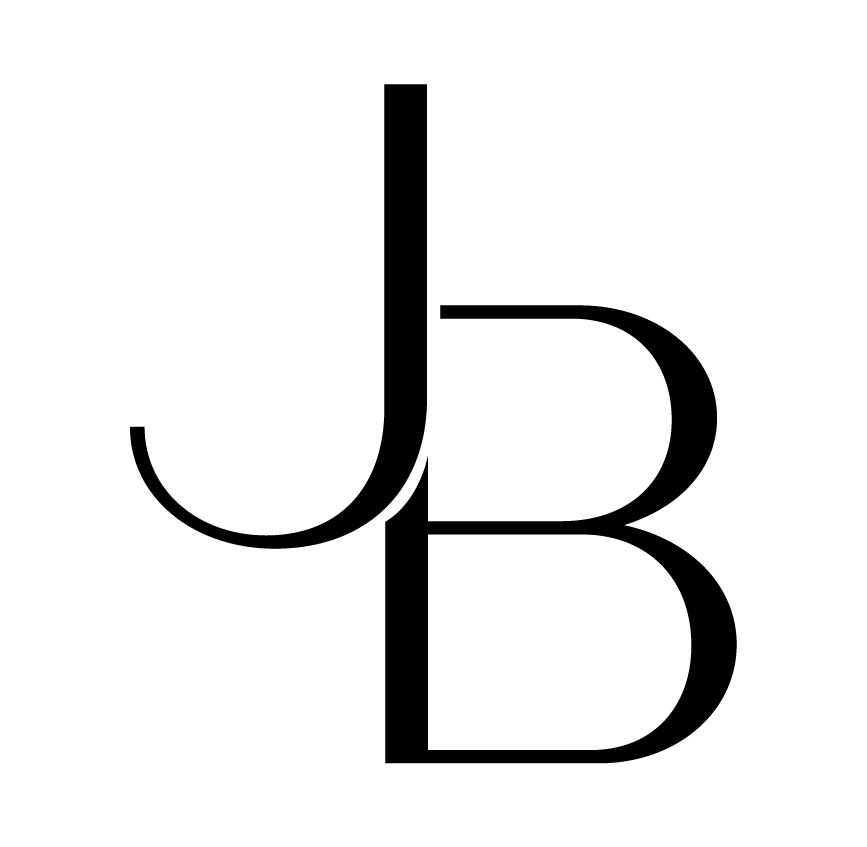Peri-Menopause Drained My Energy + Metabolism — Here’s How I’m Supporting Them Naturally
Let’s be honest — no one warned me how peri-menopause would feel. One day I was keeping up with the kids, working, and squeezing in exercise…and then suddenly, my body seemed to have a whole new rulebook. My energy tanked. My midsection got stubborn (like, defiantly stubborn). My mood was up and down, and the night sweats — I can never decide if I’m hot or cold in the middle of the night. And I’m always cold.
So once I figured out that this was oh, probably peri-menopause, I started digging in [1]. As a nurse, I understood why this was happening. This wasn’t me failing or “falling off track” — it was biology. But even with that knowledge, I still felt frustrated. I was doing all the “right” things, but what the heck — my body wasn’t responding like it used to.
So I decided to look deeper — not into fads or “quick fixes,” but more into the actual science of what’s happening during peri-menopause and how to support my body naturally through it.
Science Simplified: What’s Actually Going On During Peri-Menopause
Peri-menopause is the transition time before menopause — when hormones like estrogen and progesterone start to shift. It usually begins in your mid-40s, but it can start as early as the mid-30s or as late as the early 50s — it truly varies from person to person.
Perimenopause can last several years. Yes, years. For many of us, it feels like metabolism just hits the brakes. All the healthy eating and working out just doesn’t…work the same?
Here’s why:
Estrogen starts to decline, and that change affects how and where your body stores fat — particularly around the midsection. I know this is where I am especially noticing it!
Insulin sensitivity drops, which means your body becomes less efficient at processing carbs and sugars. This not only can promote fat storage (especially around the midsection), but also means that blood sugar can spike more easily after meals, leading to energy crashes when it drops again.
Mitochondria (what makes energy in your cells) slows down, so you literally make less energy at the cellular level. Paired with the fact that lower estrogen also leads to increased oxidative stress, your cells are essentially experiencing a chain reaction of escalating mayhem that can lead to brain fog, fatigue, and more.
And because your liver and adrenal systems are picking up extra work balancing hormones, they can easily get overburdened — which affects everything from mood to metabolism.
So when we say, “I’m doing everything I used to, but nothing works anymore,” we’re not imagining it. There’s a real shift happening biologically.
Now that we got through the nitty gritty, here’s the encouraging part: when you understand the why, you can support the systems that are struggling. That’s where Motus comes in.
Why I Chose Motus
When I started looking for support, I wanted something that wasn’t just a “women’s vitamin” or a caffeine-loaded “energy booster.” I wanted research. I wanted ingredients that targeted the actual systems being affected — metabolism, energy production, and hormonal balance.
Motus checked all those boxes. And it’s backed by 8 years of research at Duke University. They spent time researching the chosen ingredients and how they actually impact metabolism and energy regulation to support sustainable, natural weight loss. The results speak for themselves: in a recently published clinical study in humans, researchers found that participants who took Motus reached an average of 10.4% total body weight loss after six months, with 87% of that loss coming from fat, not muscle. Contrast that with medications like Ozempic, which has potentially disruptive long-term effects on your metabolism and can lead to muscle loss and rebound weight gain after you stop taking it.
After I started taking Motus daily, I noticed a shift. My energy felt more steady and my afternoons didn’t feel like I needed a nap. Slowly, my metabolism started to feel like it was on my team again.
Breaking Down the Science — in Mom Language
Let’s be real — most supplement labels sound like a chemistry textbook. So here’s what’s actually in Motus and what each part does for your body:
Berberine = Blood sugar + fat-burning helper
Think of berberine as a metabolism coach. It helps your body use sugar more efficiently instead of storing it, which supports steady energy and helps prevent those crashes. Motus uses a cutting-edge form of berberine known as Berbevis®, which your body can absorb more easily (meaning you experience greater benefits).Taurine = Stamina + focus booster
Taurine is an amino acid that helps with endurance and energy regulation. It supports the nervous system (hello, mood stability!) and helps muscles and cells use energy more efficiently. Helpful for the 3PM slump, if you know what I mean [2].Milk Thistle = Liver support
During peri-menopause, your liver is doing double duty — processing hormones and all the usual toxins from daily life. Research suggests that milk thistle supports detox pathways like a little backup crew [3]. In Motus, milk thistle appears as Siliphos®, a more bioavailable form that your cells can easily access and utilize,Vitamin B3 (Nicotanimide) = Cell energy recharge
B3 fuels the body’s production of NAD+, a molecule essential for energy metabolism and cellular repair [4]. By supporting this, we are looking at better insulin sensitivity and fat metabolism.ALA (Alpha-Lipoic Acid) = Antioxidant + metabolism protector
ALA is like armor. It fights oxidative stress (which can increase during hormonal changes) and supports how your body uses glucose for energy [5]. Plus, it works synergistically with berberine to improve insulin sensitivity.
All of these ingredients are powerful on their own — but together, they target the systems that peri-menopause tends to throw off.
What I’ve Noticed Since Starting Motus
I didn’t wake up one morning suddenly feeling 25 again — that’s not how this works. But after a few weeks, I noticed:
My energy was more steady throughout the day
My midsection wasn’t as bloated feeling
My mood felt more even, with fewer unpredictable swings
My workouts started feeling more productive instead of exhausting
It’s like my body remembered how to function efficiently again — and as someone who thrives on data, that made me pretty happy!
Don’t Accept These Symptoms as “Just Getting Older”
If there’s one thing I’ve learned from this stage of life, it’s that we don’t have to just accept feeling drained as a part of it. Yes, peri-menopause changes your biology, but it doesn’t mean you’re powerless.
Understanding what’s happening inside your body gives you the ability to work with it, not against it. You can support your metabolism, balance your hormones, and feel vibrant again.
So if you’re reading this and nodding along because you’re in that same “what is happening to my body?” phase — I see you. And I promise, you can absolutely feel good again.
If you want to learn more about the science behind Motus and the research that makes it different, check out @tonum — and don’t forget to use my discount code JESS10 if you want to try it for yourself.
Your energy and metabolism might have taken a dip, but they’re not in the deep end — they just need a little targeted support.
Internal Links:
https://tonum.com/blogs/useful-knowledge/can-you-flatten-a-menopause-belly-a-proven-empowering-guide
https://tonum.com/blogs/news/how-to-lose-weight-without-counting-calories
https://tonum.com/blogs/useful-knowledge/will-taking-estrogen-help-me-lose-weight-a-surprising-honest-guide
https://tonum.com/blogs/news/how-to-lose-weight-with-insulin-resistance
https://tonum.com/blogs/news/how-to-get-rid-of-brain-fog-fast
https://tonum.com/blogs/news/best-natural-weight-loss-supplements
https://tonum.com/blogs/news/lesser-known-side-effects-ozempic
https://tonum.com/blogs/news/how-to-take-berberine-for-weight-loss
References:



